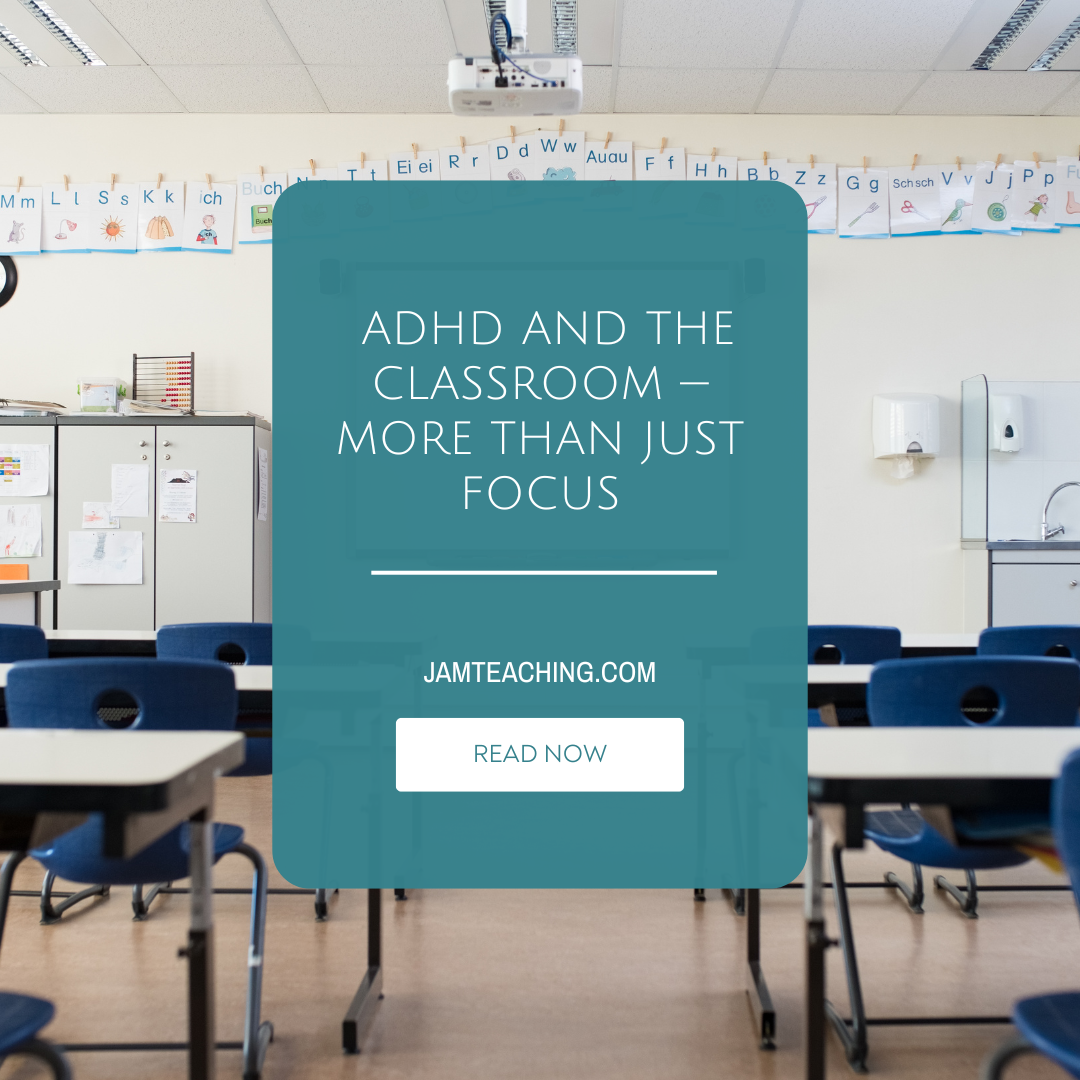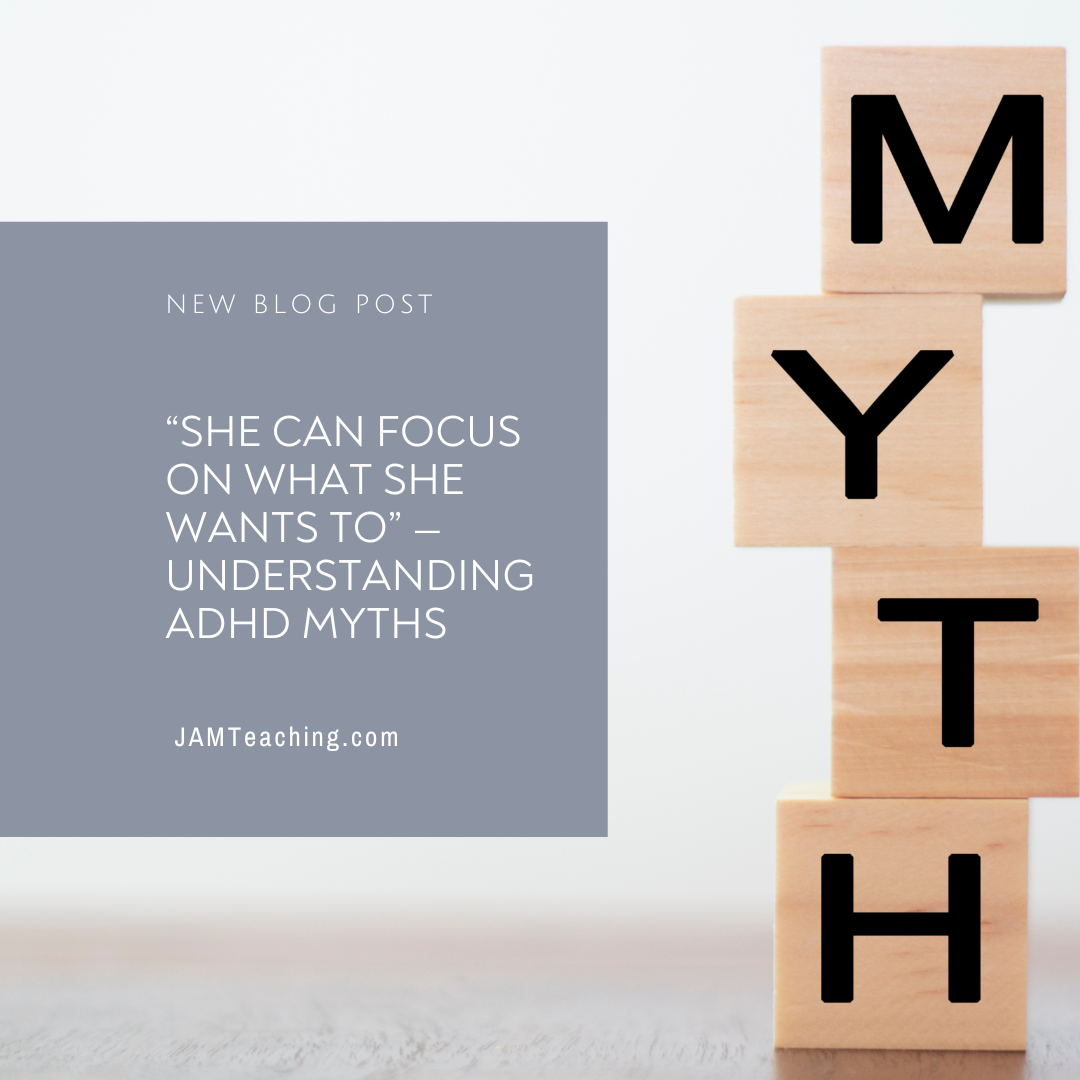
When we talk about ADHD, the conversation often stops at focus. But ADHD affects so much more than attention. It’s a neurodevelopmental condition that impacts how the brain manages time, memory, motivation, and emotional regulation — all of which show up in a classroom setting every single day.
At JAM, we often hear educators and families say, “He just needs to try harder,” or “She knows what to do — why isn’t she doing it?” But ADHD isn’t about knowing — it’s about doing consistently. It’s about the brain’s ability to start, sustain, and shift attention and behavior.
In the classroom, this might look like:
- Missing directions even after being told multiple times
- Losing materials or forgetting what they’re supposed to bring to class
- Struggling with transitions and becoming emotionally overwhelmed
- Seeming disinterested or oppositional when they’re actually confused or dysregulated
Students with ADHD are often penalized for lagging executive functioning skills instead of supported through them. And without intentional interventions, they internalize those struggles as “I’m not smart” or “I always mess up.”
Here’s what works:
- Chunking assignments into digestible pieces with visual steps
- Providing external tools like timers, visual checklists, and graphic organizers
- Embedding movement and sensory supports during long periods of seated work
- Using positive reinforcement that names effort, not just results
The key is supporting the brain to do what it struggles with, not punishing the child for what they haven’t mastered yet. Contact JAM today for a personalized strategy session. Let’s identify what’s missing, align home and school, and create a plan for your child’s growth—so change can start now.












.png)